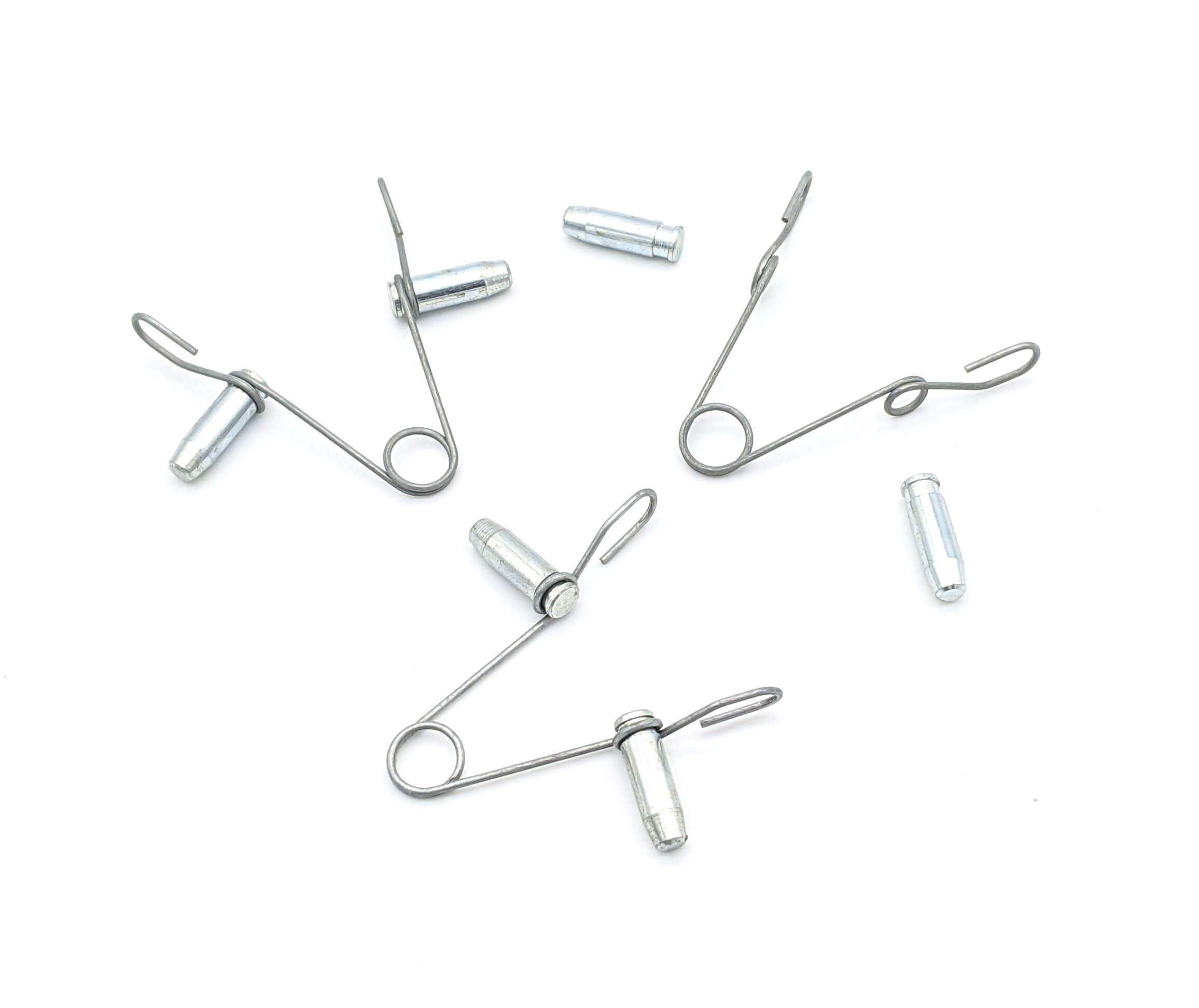Get unique, complex parts easily. No matter your requirements, Chaoyi Spring creates hard-to-produce coil springs and wire forms.
Let us help you create the custom wire form you need, from S-hooks and J-hooks to utility hooks and more.
We work closely with customers across a wide range of industries, helping them design and manufacture made-to-order parts.
Why choose Chaoyi Spring? We prioritize customer-focused collaboration, modern equipment and the latest technology to make your parts per print.
Find the information and guidance you need, from measuring a spring to learning about materials, placing an order and much more.
Flat springs, also known as leaf springs, are ubiquitous components in various mechanical systems. Their unique design, employing a flat strip of metal bent into a specific shape, offers a


Flat springs, also known as leaf springs, are ubiquitous components in various mechanical systems. Their unique design, employing a flat strip of metal bent into a specific shape, offers a multitude of advantages, making them indispensable in a vast range of applications. This comprehensive guide delves into the intricacies of flat spring design, exploring their diverse applications, and highlighting their inherent benefits that make them a preferred choice for engineers and designers worldwide.

Flat springs, often referred to as leaf springs, are a fundamental component in numerous mechanical systems. They are essentially flat strips of metal, typically steel, bent into a specific shape to provide elastic deformation and store mechanical energy. This unique design allows them to function as springs, providing resistance to forces and restoring their original shape after the force is removed.
There are numerous types of flat springs, each with its own specific design and characteristics, catering to diverse applications. Some common types include:
Designing flat springs involves careful consideration of multiple factors, including:
Flat springs are incredibly versatile and find applications across various industries, including:
Flat springs offer numerous advantages that make them a preferred choice for engineers and designers:
While flat springs offer many advantages, they also present some challenges and considerations:
Flat springs, with their robust construction, precise deflection characteristics, and inherent versatility, remain an essential component in countless mechanical systems. Their ability to provide support, absorb shocks, and enable controlled motion makes them indispensable in various applications, from automotive suspension systems to intricate medical devices. As technology continues to evolve, the role of flat springs is likely to expand, driving innovation and efficiency in numerous industries. Engineers and designers continue to leverage the unique properties of flat springs, ensuring their continued prominence in a wide range of applications, making them an integral part of the modern world.
Flat springs are a testament to the ingenuity of engineering. Their simple design and versatile applications make them an essential component in various industries. As technology advances, the demand for flat springs will likely grow, emphasizing their enduring significance in the modern world. By understanding their design principles, applications, and inherent benefits, engineers and designers can harness the power of flat springs to create innovative and efficient solutions for a wide range of challenges.
Browse some of the custom wire forms and springs that we manufacture. Don’t see what you need? We specialize in made-to-order products that meet your application requirements.
Visit Our GalleryNeed a custom wire form or coil spring? We make it work. Fill out the contact form and a representative will respond within 1 business day. If you have a PDF or CAD file, you can submit to request a quote.